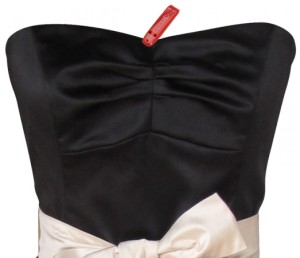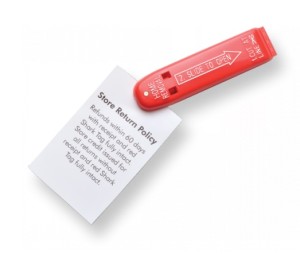 Building a successful small business is a part of the American Dream for many people. Every year millions of dollars, untold hours of sweat equity and unlimited hope are poured into starting and maintaining them. Unfortunately, also every year, occupational fraud is responsible for closing about 30% of these businesses (U.S. Department of Commerce).
Building a successful small business is a part of the American Dream for many people. Every year millions of dollars, untold hours of sweat equity and unlimited hope are poured into starting and maintaining them. Unfortunately, also every year, occupational fraud is responsible for closing about 30% of these businesses (U.S. Department of Commerce).
Fraud negatively affects smaller companies more than larger ones; they’re simply unable to absorb the loss. Participants in the 2014 Global Fraud Study “Report to the Nations on Occupational Fraud and Abuse” estimated the average small business loses approximately 5% of revenue each year to fraud (The Association of Certified Fraud Examiners).
5% in a small business can mean the difference between a profit or a loss. Therefore, controlling employee theft can be the difference between staying open or closing the doors. It can also influence whether the owner is able to pay himself a living wage or not. Given its potential for harmful impact it’s unfortunate that many owners are unprepared to fight fraud.
Most think it’ll never happen to them, not understanding that probably it’s already happened, is currently happening and/or will happen in the future. Depending on the study 75% — 85% of employees admit that given the “right” circumstances they would or have committed fraud. The right circumstances are usually a combination of motive, means and opportunity.
Motive is the rationalization the employee uses to steal time, money and property from the company. Rationalizations are the reasons people create to justify their behavior and are as varied as the people who make them. These self-deceptions provide the employee with an excuse to steal, even from an employer who they like.
But, motive is not enough for fraud. A person also has to have the means — the ability, knowledge and access — to manipulate the system. A bookkeeper can embezzle money because she knows how to “cook the books”. Stock starts to go out the back door when the warehouse foreman creates an inventory method that only he understands or uses.
Finally, an employee can be willing to steal and know how to do it, but the opportunity must be present. An employee has her shoplifting friends come to the store when the easily distracted manager is working, not when the attentive one is. A clerk learns the cash register camera is unreliable and pockets cash transactions on the days its offline.
Occupational fraud is a broad and all encompassing term, whether it involves petty theft or a multi-million dollar embezzlement scheme. Its cornerstones are motive, means and opportunity. A smart and success business owner will learn its dynamics and use this knowledge to take steps to combat it.
Nicole Abbott is a writer and psycho-therapist with over 20 years of experience in the fields of mental health and addiction. She’s an educator, consultant, lecturer, trainer and facilitator, who has conducted over 200 workshops, trainings, presentations, college classes and seminars.










